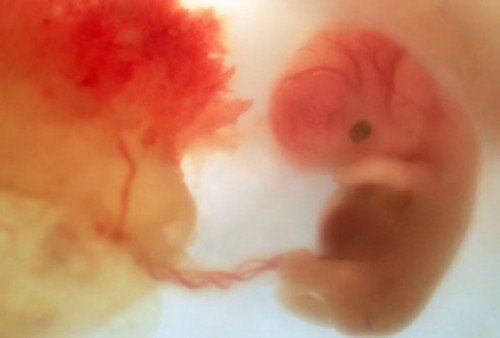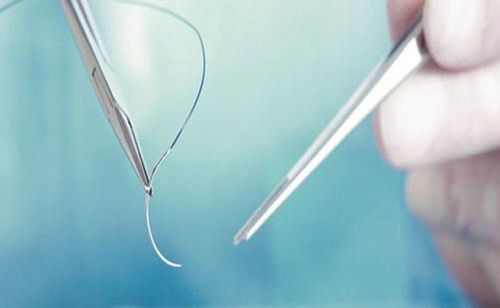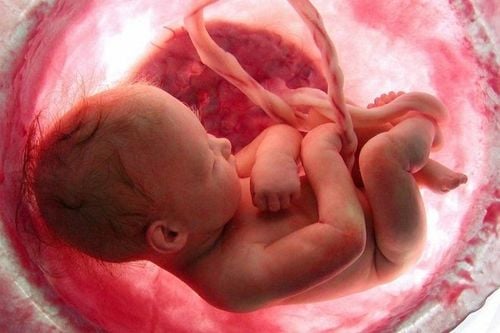This is an automatically translated article.
The article was professionally consulted with Specialist Doctor I Pham Thi Yen - Obstetrician-Gynecologist - Department of Obstetrics and Gynecology - Vinmec Hai Phong International General Hospital.1. Indications and contraindications for suturing the uterus due to curettage
1.1 Indication The patient will be appointed by the doctor to perform cervical stitches when:The patient has had consecutive miscarriages due to the opening of the uterine isthmus. The patient has a history of two or more unexplained miscarriages. In special cases such as patients carrying twins, ultrasound measures the cervical length below 25mm. 1.2 Contraindications For patients with the following health conditions, cervical stitches cannot be performed:
Fetal age over 14 weeks. The patient has a vaginal infection, an infection of the cervix. Stillbirth.

2. How is the suture of the uterus due to curettage performed?
2.1 Preparation The person performing the cervical stitch technique includes 1 obstetrician-gynecologist, supportive nurses. Before performing, it is necessary to clean and disinfect according to regulations: wash hands, wear clothes, wear hats, masks, wear sterile gloves... Prepare tools and means: Need betadine solution, only perlon, vaginal valve. The patient was consulted and explained by the doctor about the technique, procedure, and risks before stitching the cervical collar. 2.2 Carrying out the cervical stitch technique Step 1: Expose the cervixDisinfect, pull the cervix out.
Step 2: Round stitch
Stitch positions are marked with hour and minute markers like a clock. Use durable perlon thread to poke the needle at 11:30, exit at 9:30, then continue to poke at 8:30 to 7:30, continue to poke at 5:30 to 3 o'clock 30 and the last poke at 2:30 to 12:30.
Tie only at 12 o'clock. Cut the end of the thread about 1cm away from the knot.

Disinfect the vagina and cervix. When ligation, two stitches will narrow the cervical opening in both vertical and horizontal directions. Cut the ends to only about 1-1.5cm long. Finish the cervical collar stitch technique. 2.3 Notes after performing cervical stitch The patient is taken to the recovery room for further monitoring. The hospital stay is about 3 days for the nurse to monitor and promptly handle if bleeding occurs, uterine contractions or rupture of membranes.
Withdraw gauze after performing cervical stitch from 4-6 hours. Treatment is by giving the patient antibiotics and antispasmodics. After 3 days the patient was discharged. If you have symptoms of uterine contractions, vaginal bleeding, vaginal amniotic fluid, and the date of removal is just 37 weeks pregnant, you need to return to the hospital for examination and treatment.

3. Possible complications when performing a hysterectomy due to curettage
Patients with bleeding: Treat by inserting gauze to stop bleeding. Usually, the bleeding will stop after 3-4 hours after inserting the hemostatic gauze. Infection: Because the cervical collar was not sterile during the procedure, or because the patient had a previous genital infection that has not been stable for treatment. May cause miscarriage or premature birth due to contractions during the procedure May leak amniotic fluid, rupture of membranes. Intracervical Needle Fracture: To avoid this risk, a large round needle with a small curvature should be used. Hysterectomy due to curettage is a technique that does not take much time but requires high accuracy. Therefore, patients need to go to reputable medical centers and treatment facilities to perform and ensure safety.Please dial HOTLINE for more information or register for an appointment HERE. Download MyVinmec app to make appointments faster and to manage your bookings easily.














